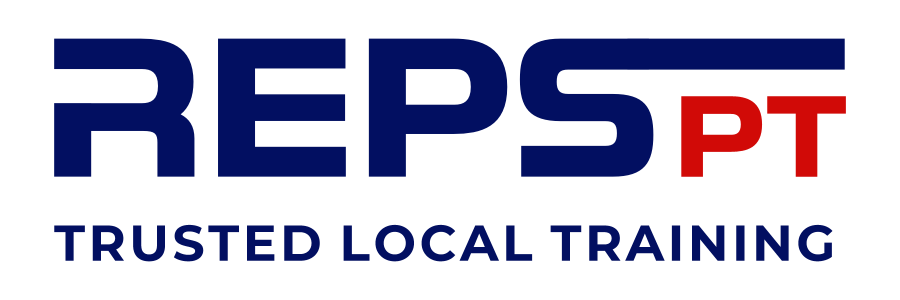The Cable Behind-the-Back Lateral Raise is a variation of the traditional lateral raise that targets the deltoid muscles in the shoulders, particularly the lateral (middle) part. By using a cable machine, this exercise provides continuous tension throughout the movement, which helps to enhance muscle engagement and improve shoulder strength and definition. The "behind the back" component involves a unique positioning of the arms that activates the deltoids from a slightly different angle compared to the standard lateral raise.
Benefits of the Cable Behind-the-Back Lateral Raise:
-
Constant Tension: One of the key benefits of using a cable for this exercise is the constant tension throughout the movement. Unlike free weights, where the tension decreases at certain points, the cable machine ensures that your deltoid muscles are under continuous load. This helps to maximise muscle activation, promoting greater strength and hypertrophy.
-
Targeted Deltoid Activation: The cable behind-the-back lateral raise specifically targets the lateral head of the deltoid, which is the middle part of the shoulder muscle. Building this part of the shoulder helps create a broader, more defined appearance and contributes to overall shoulder strength and stability.
-
Improved Shoulder Strength: The exercise not only isolates the lateral deltoid but also engages stabilising muscles in the shoulder, upper back, and core. Over time, this improves overall shoulder strength, which can be beneficial for both aesthetic goals and functional movement patterns, particularly for overhead movements.
-
Better Range of Motion: The cable system allows for a greater range of motion than dumbbells in some cases. As you move the cable behind your body, it encourages a full stretch and contraction of the deltoid muscles, which can contribute to improved flexibility and muscle growth.
-
Reduced Joint Stress: The cable machine provides a smoother, more controlled motion compared to free-weight lateral raises, potentially reducing the risk of straining the shoulder joint. The angle of the cable can also allow for more natural movement, particularly for individuals who may experience discomfort or pain with traditional dumbbell raises.
-
Improved Posture and Stability: Since the movement activates the stabilising muscles in the shoulder and upper back, it can contribute to improved posture. Strengthening the deltoids helps support the shoulder joint, improving shoulder stability and reducing the likelihood of injury, especially when performing other compound exercises.
Form of the Cable Behind-the-Back Lateral Raise:
-
Set Up:
-
Begin by setting the cable pulley to the lowest setting and attaching a single handle to the cable.
-
Stand with your back to the cable machine, ensuring that the cable runs across your body and behind you.
-
Grip the handle with one hand and position your arm behind your body so that it’s slightly angled across your torso. Your palm should be facing behind you, and your arm should have a slight bend at the elbow.
-
-
Starting Position:
-
Stand upright with your feet shoulder-width apart, ensuring your core is engaged to maintain stability.
-
The hand holding the cable should be positioned across your body, behind you, and the arm should be slightly bent at the elbow. Keep your shoulder blades retracted and chest open.
-
-
Execution:
-
Slowly raise your arm out to the side, keeping your elbow slightly bent, until it is level with your shoulder. The motion should be controlled and deliberate, focusing on the contraction in the middle of your deltoid as your arm moves upward.
-
As you raise your arm, maintain a slight tilt forward of your torso to avoid using momentum or excessive swinging.
-
Pause briefly at the top of the movement, feeling the contraction in your shoulder.
-
-
Return to Start:
-
Slowly lower the arm back to the starting position with control, resisting the pull of the cable to keep tension on the muscle. Ensure that you do not let the cable pull your arm too quickly.
-
-
Breathing:
-
Exhale as you raise your arm and inhale as you return it to the starting position.
-
Tips for Proper Form:
-
Control the movement: The key to the cable behind-the-back lateral raise is control. Avoid jerking the weight up or using momentum; the focus should be on the muscle, not the speed of the movement.
-
Avoid overextending: Do not lift your arm higher than shoulder height, as this can place unnecessary stress on the shoulder joint. Aim to keep the movement within a comfortable range of motion.
-
Posture: Keep your core engaged and avoid arching your back excessively. Maintaining proper posture will not only ensure safety but also maximise muscle activation.
-
Adjust weight accordingly: Start with a lighter weight to master the form and gradually increase the weight as you become more comfortable with the movement. Overloading too quickly can lead to improper form or injury.
The Cable Behind-the-Back Lateral Raise is an effective exercise for isolating and developing the middle portion of the shoulder. It’s an excellent addition to shoulder training routines, particularly for those looking to improve muscle definition and overall shoulder strength while minimising joint stress.

